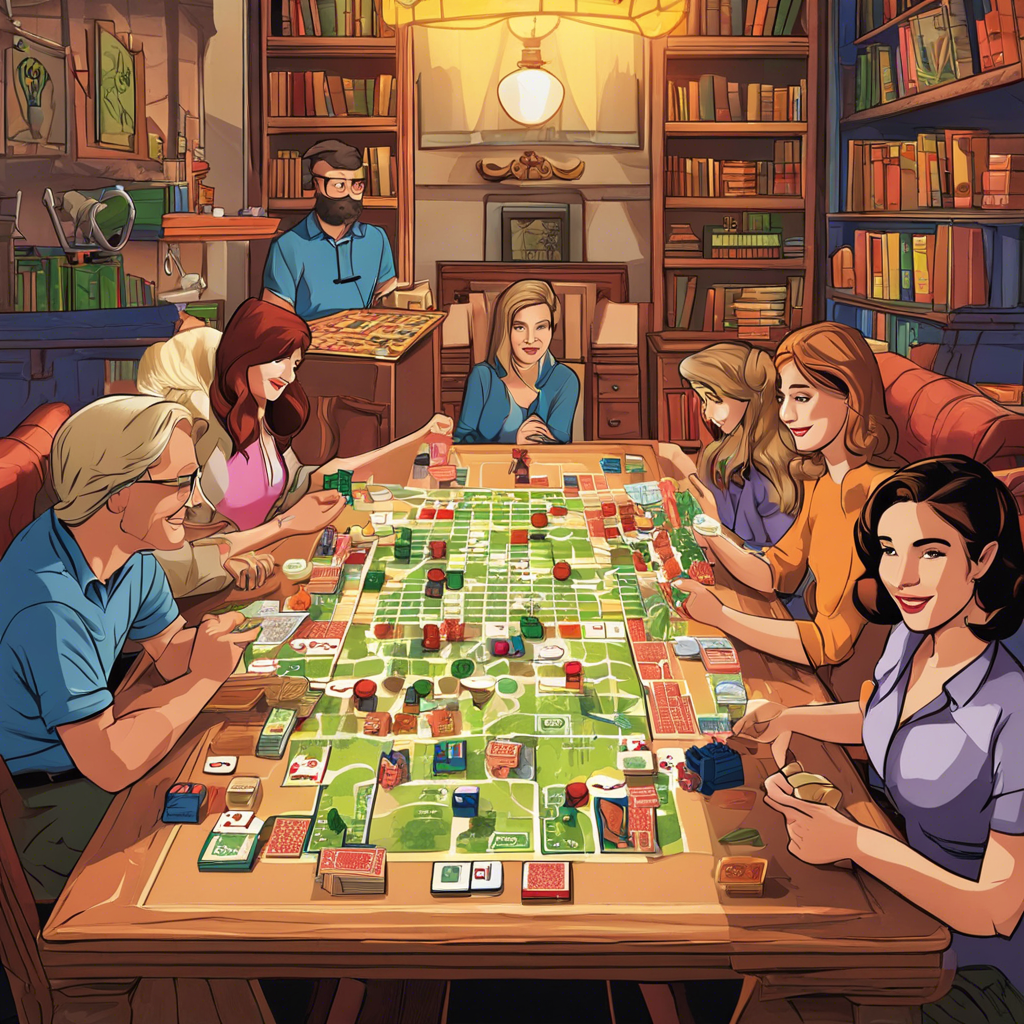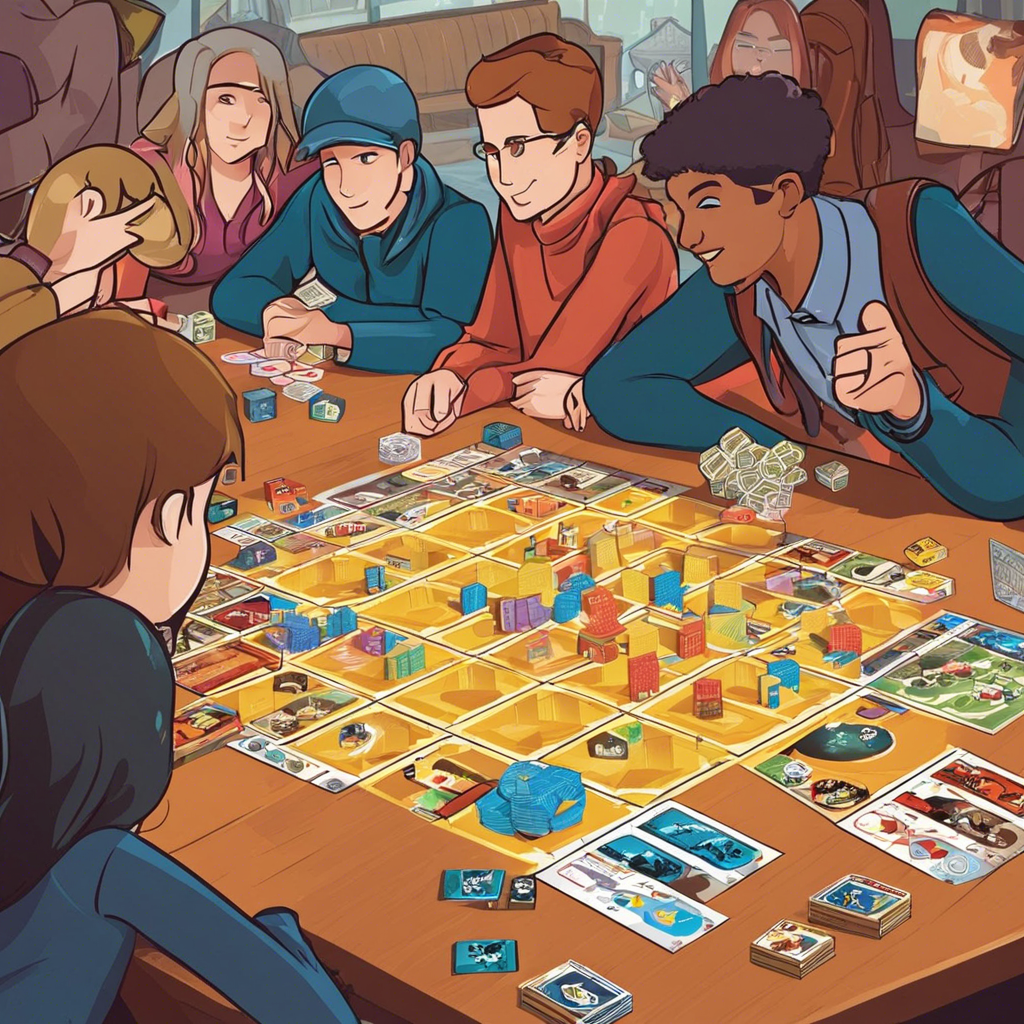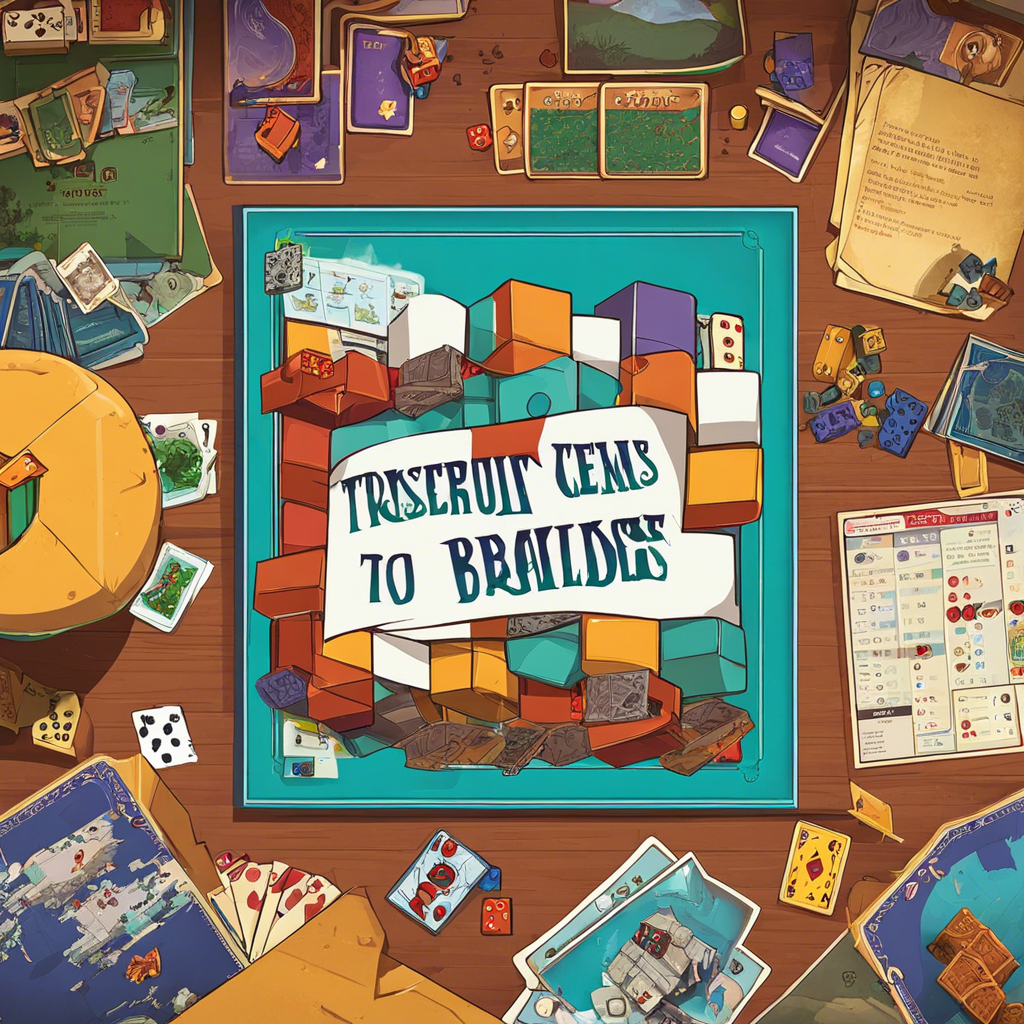Creating a Board Game: A Fun and Creative Journey
Board games have entertained and brought people together for centuries. They are a fantastic way to socialize, stimulate our minds, and often, learn something new. But have you ever considered creating your own? Designing a board game can be a rewarding and creative endeavor, offering the chance to build something unique that will entertain others. In this article, we’ll guide you through the process of how to create your own board game, covering everything from initial ideas to playtesting and refinement. By the end, you’ll be well on your way to becoming a master game designer!
Begin with an idea or theme that interests you. This could be anything from a historical event to a favorite book or movie. Consider the elements that make it exciting and how they can be translated into a game. For example, if you’re a history buff, you might create a game centered around important events and the actions of key historical figures. Alternatively, a movie buff might design a game based on their favorite film, incorporating its unique world and characters.
Next, determine the objective of your game. Will it be a race to the finish line, or perhaps a battle of wits and strategy? Consider what actions players will take and how these will lead to a satisfying conclusion. For instance, in a racing game, players might move their tokens forward by rolling dice, drawing movement cards, or answering trivia questions, creating a fun and dynamic journey to the finish line.
Designing the game components is where your creativity comes into play. Decide on the type of board you will use – will it be a traditional square or something more unique? Create playing pieces that reflect your theme, and don’t forget to include any necessary cards or tokens. For example, if your game is based on space exploration, your board might feature planets and asteroids, with players moving their spaceships from one celestial body to another.
Rules are a critical part of any game and should be clear and concise. Outline the setup, turn structure, and any special actions or powers players can use. Well-defined rules ensure that everyone understands how to play and that the game proceeds smoothly. Playtesting is also essential – try out your game with friends and family to get feedback and identify any areas that need improvement.
As you playtest, take note of any rules that seem confusing or components that aren’t working as intended. This feedback is invaluable for refining your game. Don’t be afraid to make changes – sometimes, a small tweak to the rules or game mechanics can make a big difference in the overall enjoyment of the game.
Once you’re happy with your creation, think about any final touches you can add to enhance the playing experience. This could be anything from designing custom boxes and packaging to creating unique artwork for your game components. These finishing touches make your game truly yours and can elevate the overall presentation.
Creating your own board game is a fun and rewarding process that ignites your creativity and engages your problem-solving skills. It’s a wonderful way to express your passions and interests while also offering an entertaining experience for your friends, family, and future players. So, gather your ideas, grab a pencil, and get ready to design – your very own board game is within reach!



